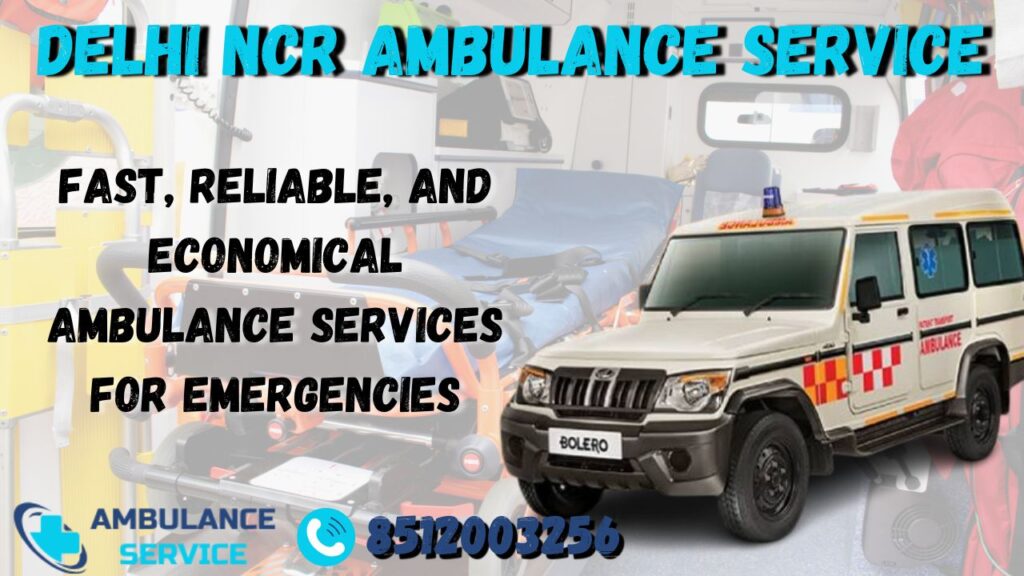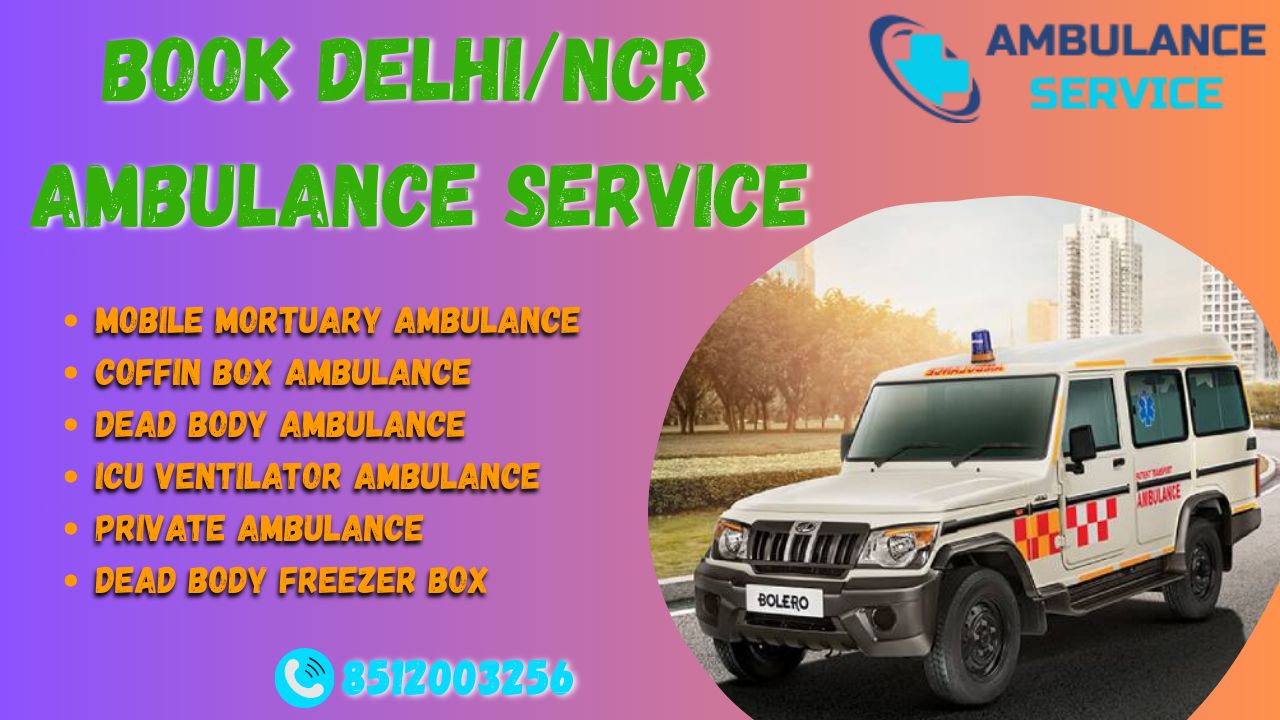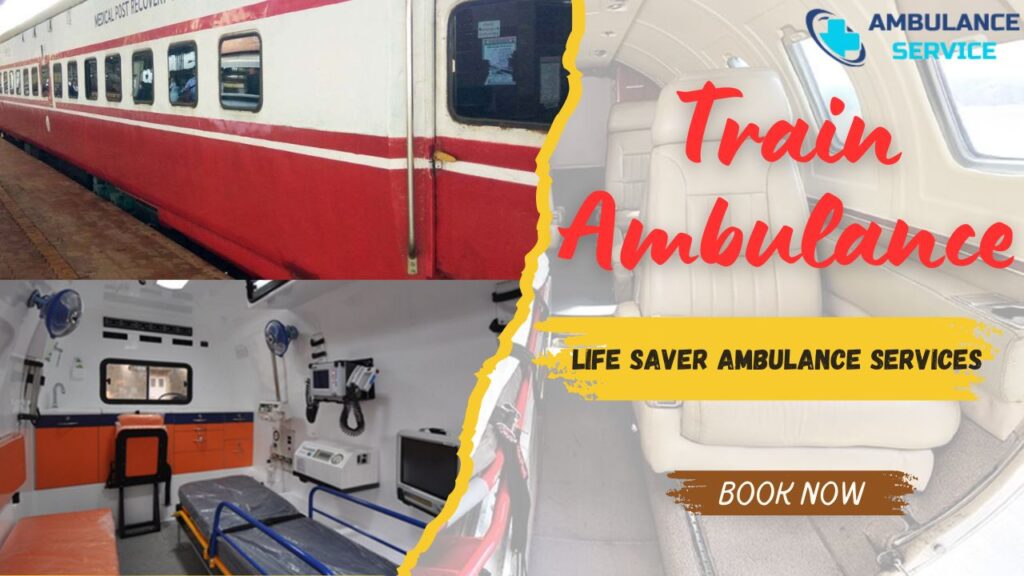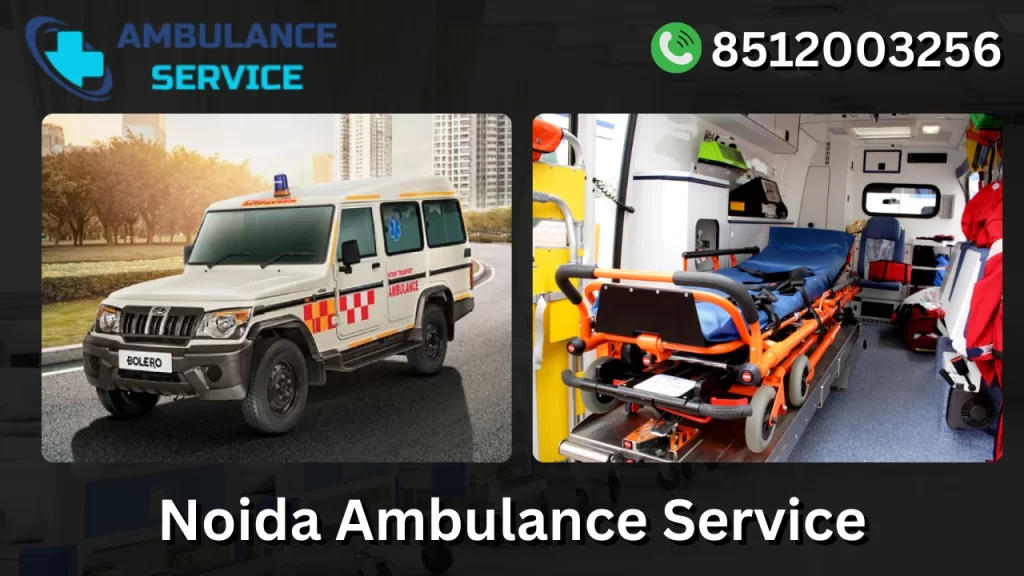Key Takeaways
- Delhi NCR Ambulance Service, both government (CATS) and private, are crucial for emergency medical transport in the densely populated and congested region.
- Challenges include traffic, equitable access, and standardization.
- Ongoing efforts focus on improvement through technology and public awareness.
The Critical Role of Ambulance Services in Delhi NCR
The bustling metropolis of Delhi NCR, encompassing Delhi, Noida, Gurugram, Faridabad, and Ghaziabad, is a region constantly on the move. In this fast-paced environment, access to timely and efficient medical assistance during emergencies is paramount. The Near Me Ambulance Service plays a crucial role as a vital lifeline, bridging the gap between a medical crisis and professional healthcare.

Challenges and the Network of Providers
The sheer density of population and the often-congested roads present significant challenges for ambulance services in the region. Despite these hurdles, a network of both government and private ambulance providers strives to ensure that help reaches those in need as quickly as possible. These services cater to a wide range of medical emergencies, from road accidents and heart attacks to strokes and other critical illnesses.
Government and Private Initiatives
The government-run Centralized Accident & Trauma Services (CATS) Delhi NCR Ambulance Service is a key player, offering free emergency medical transport across Delhi. Their fleet of ambulances is equipped with basic life support (BLS) facilities and manned by trained paramedics. Dialling the national emergency number, 112, connects individuals in distress to the CATS control room, which then dispatches the nearest available ambulance.
Complementing the government efforts is a robust network of private Delhi NCR Ambulance Service. These services often offer advanced life support (ALS) ambulances, equipped with sophisticated medical equipment and staffed by doctors and highly trained paramedics capable of providing critical care route to the hospital. While these services typically come at a cost, they offer an alternative for those seeking specialized medical transport or faster response times in certain situations.
Existing Challenges and Ongoing Improvements
However, the Ambulance Service in Delhi landscape is not without its challenges. Traffic congestion remains a major impediment, often delaying response times. Ensuring equitable access to ambulance services across the vast and diverse region is another ongoing concern. Furthermore, standardizing service quality and pricing across different providers is crucial for building public trust and ensuring transparency.
Efforts are continuously being made to improve the efficiency and effectiveness of Delhi NCR Ambulance Service. These include:
- The integration of GPS tracking systems for real-time ambulance location monitoring.
- The establishment of dedicated green corridors to facilitate faster transit.
- The ongoing training of emergency medical personnel.
- Public awareness campaigns on how to effectively request and assist ambulances on the road.
Conclusion
In conclusion, the Ambulance Service Delhi is an indispensable component of the region’s healthcare infrastructure. While challenges remain, the dedication of both government and private providers, coupled with ongoing technological advancements and public awareness initiatives, are constantly working towards strengthening this crucial lifeline for the millions who call Delhi NCR Ambulance Service. Access to a timely and well-equipped ambulance can often be the difference between life and death in a medical emergency, making the continuous improvement of these services a paramount priority.




